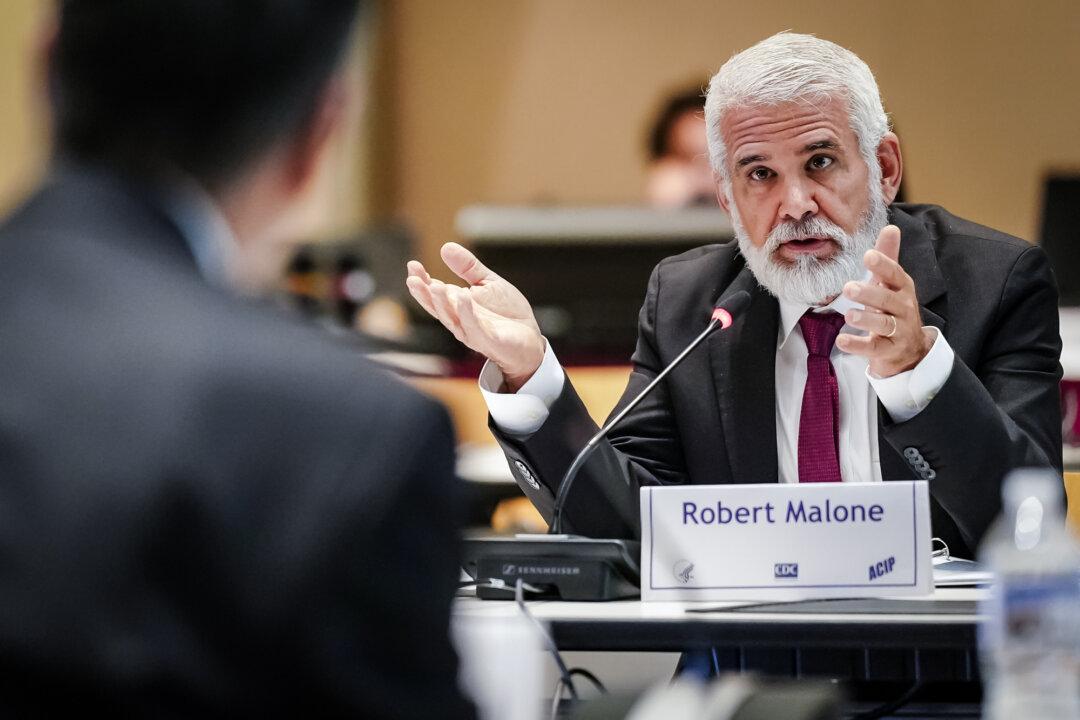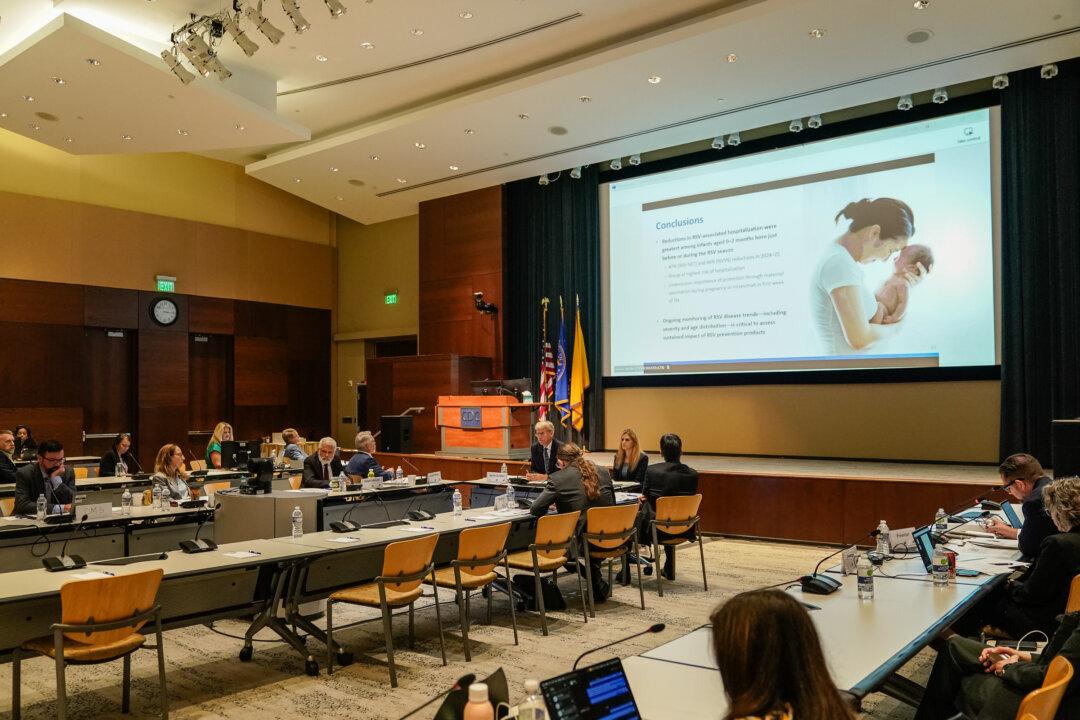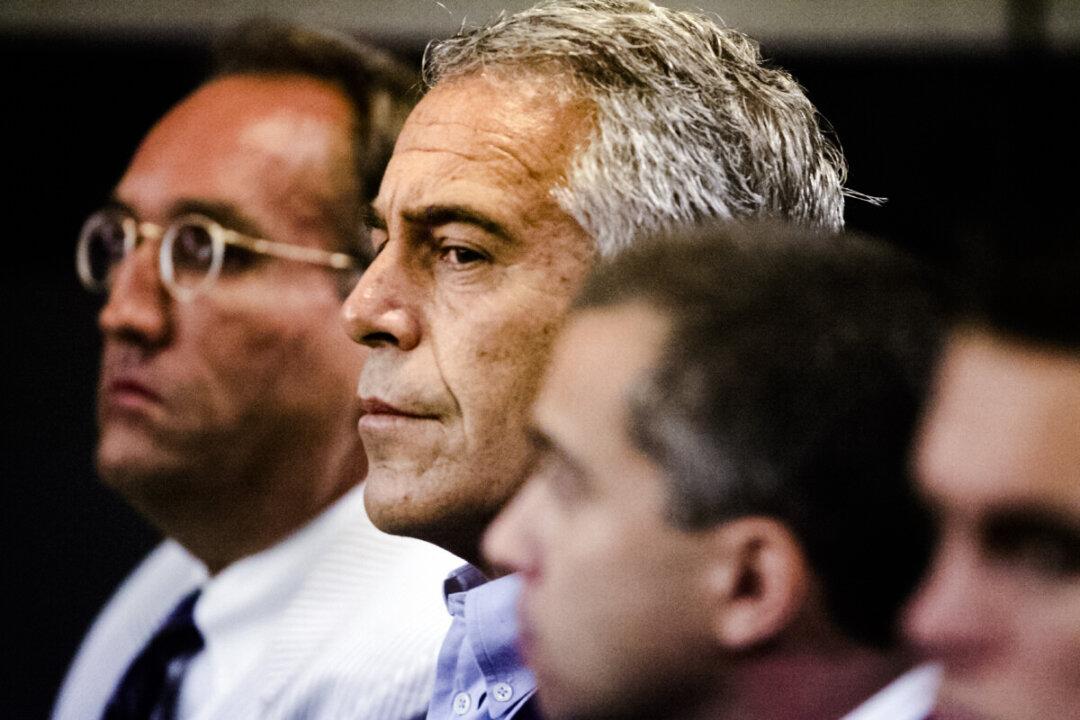Almost half of all K-12 students in the United States are at schools that have resumed five-day-a-week, in-person instruction, according to updated figures from a tracking organization.
Up from about 47 percent a week earlier, roughly 49 percent of U.S. primary and secondary students are attending so-called traditional schools, Burbio said on March 14.





